It’s no surprise that many avid travellers regularly plan to spend their year-end vacations in the Land of the Rising Sun. However, instead of revisiting mainstream attractions, why not make your next trip to Japan a little more exciting by embarking on an epic self-drive adventure on Japan’s west coast?
Check out this awesome 5D4N self-drive itinerary in Niigata that will reignite your wanderlust for Japan!
Also read: Off the Beaten Path in Tokyo: 16 Best Things to Do That Are Under the Tourist Radar
Day 1: Tokyo → Niigata City
Arrival and Lunch

Image credit: SY
From Tokyo, take the Shinkansen (bullet train) to the ambient prefecture of Niigata where your epic road trip will begin. Once at Niigata Station, the first thing to do is to get a car for your adventure ahead.
We recommend renting either from Toyota Rent-A-Car or Nissan Rent-A-Car. Both of these rental services have offices that are just within walking distance of Niigata Station, making it easy for you to get your ride sorted once you arrive in the city.

Image credit: JTB Singapore
With your ride for the next few days sorted out, it’s time to enjoy your first proper meal in Japan! Head to Sekai Sushi, one of the top sushi restaurants in Niigata City. While everything here tastes incredible, we recommend getting the Kiwami Sushi Platter. Simply put, this Niigata specialty consists of 10 pieces of the finest sushi that’s made using local ingredients. These include uni, toro, ikura, and other toppings that change according to the season!
Niigata Rice Cracker Museum → Imayo Tsukasa Sake Brewery → Pounshu Kan Niigata Station → Dinner → Check-in
After the hearty meal, drive 20 minutes to your first official stop in Niigata — the Niigata Rice Cracker Museum.

Image credit: JTB Singapore | Niigata Prefecture Tourism Association
Despite its name, the attraction feels more like a theme park than a traditional museum. Instead of exhibits, you’ll get to see how rice crackers in Niigata are produced. In fact, you can even make your very own big rice cracker. Before leaving, make sure to try the unique rice cracker soft-serve!

Image credit: JTB Singapore
Next, head back to the city and visit one of the oldest businesses in Niigata: the Imayo Tsukasa Sake Brewery. Founded all the way back in 1767, the brewery offers an immersive tour where visitors are taken through the extensive process of producing Niigata’s signature sake. Along the way, you’ll learn about the history of sake in Niigata. You can also dress up in traditional Japanese garbs for photos and sample some freshly-brewed sake.
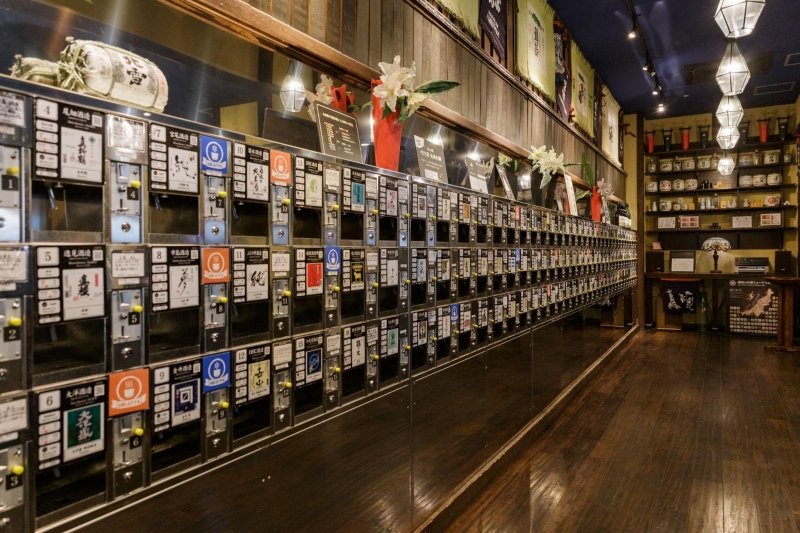
Image credit: JTB Singapore
Before heading for dinner, make a stop at Pounshu Kan in Niigata Station where you can shop for some local artisanal snacks, sake, souvenirs, and even locally-crafted home and kitchenware. For dinner on your first night in Niigata, visit Ikano Sumi (also located within Niigata station), a traditional Japanese izakaya where you can sample authentic local food paired with exquisite sake.
In terms of accommodation, we recommend staying at Hotel Nikko Niigata, a four-star hotel that’s shaped like a luxury liner, located near the mouth of the Shinano River.
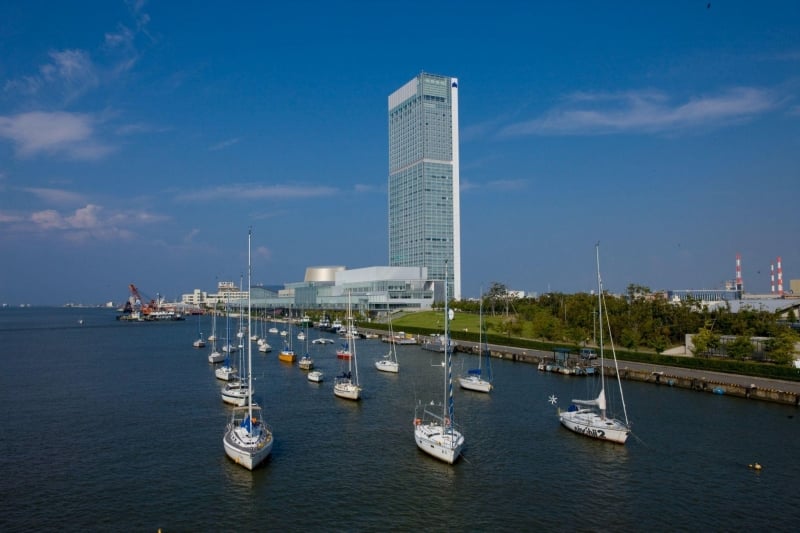
Image credit: JTB Singapore
Also read: Tokyo Nightlife Guide: 12 Best Bars & Clubs to Enjoy the Local Scene
Day 2: Niigata → Yahiko
Visiting the Northern Culture Museum and lunch

Image credit: JTB Singapore
Rise and shine! After breakfast, head to one of the most beautiful locations in Niigata, the Northern Culture Museum. Housed within the former residence of the wealthy Ito family, the museum is home to over 6,000 Japanese, Korean, and Chinese artifacts that date back to the 18th century.
Apart from admiring the Ito family’s collection of paintings, sculptures, and ceramics in the main exhibition hall, you should also spend some time in the alluring museum gardens, where seasonal blooms add a touch of vibrant colour to the surrounding area.
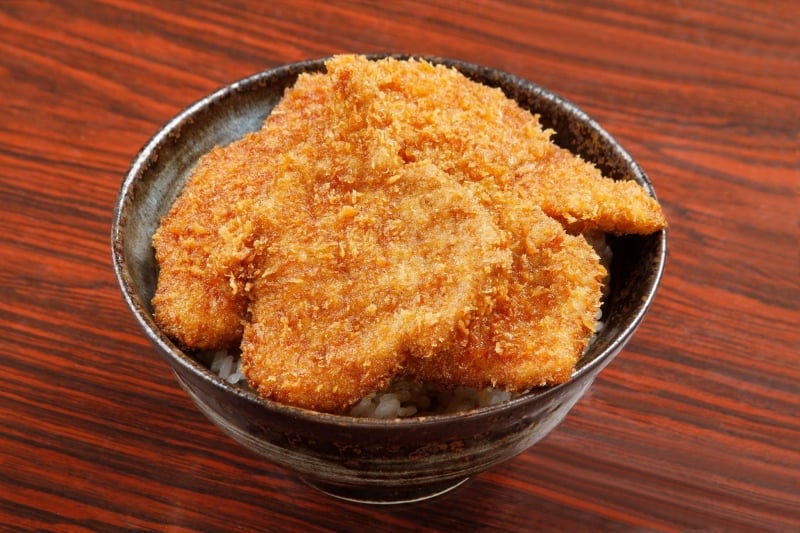
Image credit: JTB Singapore
Next, drive to Tonkatsu Masa Chan for lunch. This popular store is famous for its delicious tare katsu don (rice with fried pork cutlets and secret sauce). In fact, the tonkatsu here is so good that it was even included in the official 2020 Niigata Michelin Plate Guide! One bite and you’ll know just why locals rave about this eatery so much!
Driving from Niigata to Yahiko via Route 402 → Cave D’occi → Uwasekigata Park
Get ready for your first long drive on this road trip! After leaving Shirone Grape Garden, turn onto Japan National Route 402 to begin your journey towards Yahiko Village, hugging the scenic coastline of the Sea of Japan along the way.
About 30 minutes into the drive, exit Route 402 and make a stop at Cave D’occi, a local vineyard facing the majestic expanse of Mount Kakuda. Here, visitors can join a winery tour that takes them through the vineyards into the cellars. Take the time to learn about the winemaking process and taste some fine wine at the end while admiring the lovely scenery.
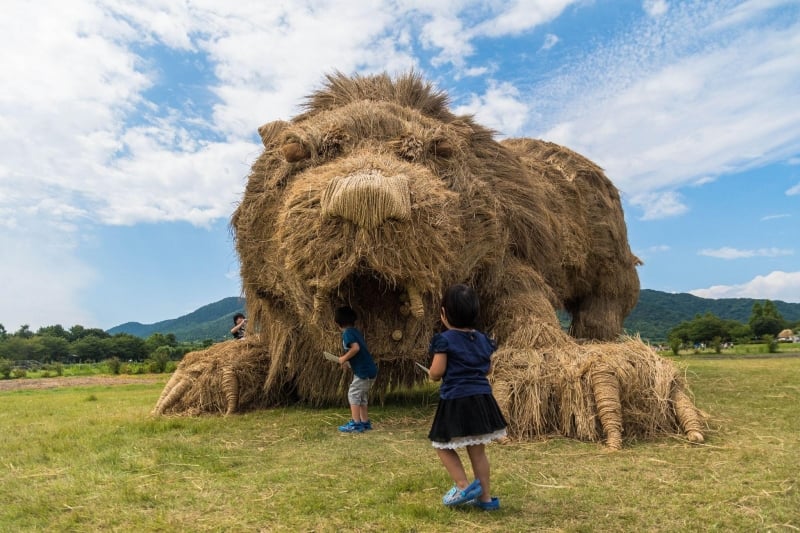
Image credit: JTB Singapore
After that, make your way to Uwasekigata Park, one of the most beautiful locations in Niigata Prefecture located in the foothills of Mount Kakuda. After all, it is the top spot to go to in the area to admire Japan’s beauty throughout the seasons. In spring, you’ll be surrounded by blooming cherry blossoms while the summer is punctuated by vibrant sunflowers.
If you time your visit for September or October, you’ll also be able to check out the Wara Art Festival that is held in the park. During this time, you’ll come across incredible straw sculptures on the grounds that make the area feel like a fantasy novel set.
Tea time at Sorano Terrace and check-in
Next, head to Sorano Terrace, an ambient farmer’s cafe that features a minimalist ambience and food that is made using fresh farm-to-table ingredients. Choose from a variety of meal options including pizzas, fresh pastries, and Japanese-style set meals (we recommend this the most!).
Once you’re done eating, you can browse around the store where you can purchase organic rice, deli items, and jams made with homegrown fruits.

Image credit: JTB Singapore
Finally, end the day at Shiki no Yado Minoya, a ryokan (traditional Japanese inn) with over 300 years of history. The key highlight of your stay will be the outdoor hot spring from which you can admire the surrounding scenery.
Day 3: Yahiko → Tsubamesanjo → Myoko
Visiting Yahiko Shrine via Yahikoyama Ropeway

Image credit: JTB Singapore
Your third day in Niigata Prefecture begins with a lovely ride on the Yahikoyama Ropeway. Located just a few minutes from your ryokan, the ropeway which opened in 1958 provides a quick and easy way to reach the top of Mount Yahiko.
Along the way, you can admire the serene scenery of the surrounding area. Once you reach the top, head for the Panorama Tower to admire the sight of the Sea of Japan. Then head back down to the foot of the mountain to find the famous Yahiko Shrine.

Image credit: JTB Singapore
This historic Shinto shrine is supposedly over 2,400 years old! Surrounded by whimsical forest scenery, the shrine exudes a peaceful and sacred ambiance. If you visit during autumn, you’ll be treated to incredible views of autumn foliage.
Drive to Tsubamesanjo → Lunch → Tsubamesanjo Regional Industrial Promotion Center → Sanjo Blacksmith Dojo → Drive to Myoko and check-in

Image credit: JTB Singapore
What’s a trip to Japan without feasting on pipping hot bowls of ramen? Koshu Hanten is a popular ramen restaurant located in the Tsubamesanjo area in Tsubame City. Apart from being a Michelin-recommended eatery, the ramen at Koshu Hanten is often regarded as one of the very best in the whole of Niigata Prefecture.
The secret of the ramen, passed down for three generations, is the usage of tangy unpasteurized soy sauce, and pork back fat, ensuring the noodles come piping hot and full of flavour. If you can’t get enough of it, you can even buy their instant ramen to bring back home!

Image credit: JTB Singapore
Speaking of Tsubamesanjo, Tsubame City has traditionally been known as a centre for the production of western tableware and hardware. Sanjo City, which was historically a flourishing commercial district, allowed the products to spread around the world. Together, the two cities are called Tsubame-Sanjo.
One way to find out more about this unique area is to visit the Tsubamesanjo Regional Industrial Promotion Center, where you can find out more about local businesses and shop for local artisanal products. The most popular things to buy here are cutlery, knives, and other metal tools. After all, Tsubamesanjo is Japan’s top metalware production area!

Image credit: JTB Singapore
On that note, the last stop today is the Sanjo Blacksmith Dojo, where you can learn about the history of the area’s traditional blacksmiths and try making your own Japanese paper knife under the tutelage of a blacksmith! The entire process usually takes about 40 to 50 minutes but you’ll be absolutely satisfied with the result.
Finally, it’s time to bid farewell to this area and embark on a 90-minute drive to the city of Myoko. Along the way, you can stop at Yoneyama Service Area to grab dinner and enjoy some nice views. At Myoko, check into Lotte Arai Resort where you’ll call it a night.

Image credit: JTB Singapore
Day 4: Exploring Joetsu and Myoko
Joetsu Aquarium Umigatari → Lunch → Naena Falls

Image credit: JTB Singapore
In the morning, take the time to explore Joetsu City. The first stop is Joetsu Aquarium Umigatari, one of the few places in the country to see beluga whales and magellanic penguins.
Since reopening in June 2018 after renovation, the aquarium has quickly become one of Niigata’s top attractions. This is mostly thanks to its giant two-storey water tank and unique experiences. On one floor, you can even walk amongst an enclosure of magellanic penguins and help feed them!
After spending a few hours at the aquarium, it’s time to head to MUJI Naoetsu Ryohin Shokudo, one of the largest MUJI stores in the world, for lunch. This huge store is where you can find the “Naotsu Ryohin Market”, which specialises in local agricultural products and good, and “Naoetsu Ryohin Cafeteria”, where you can fill your tummy with wholesome Japanese staples like curry, ramen noodles, set meals, and more.
In addition, you’ll find plenty of books, household items, and even outdoor accessories at this must-visit store!
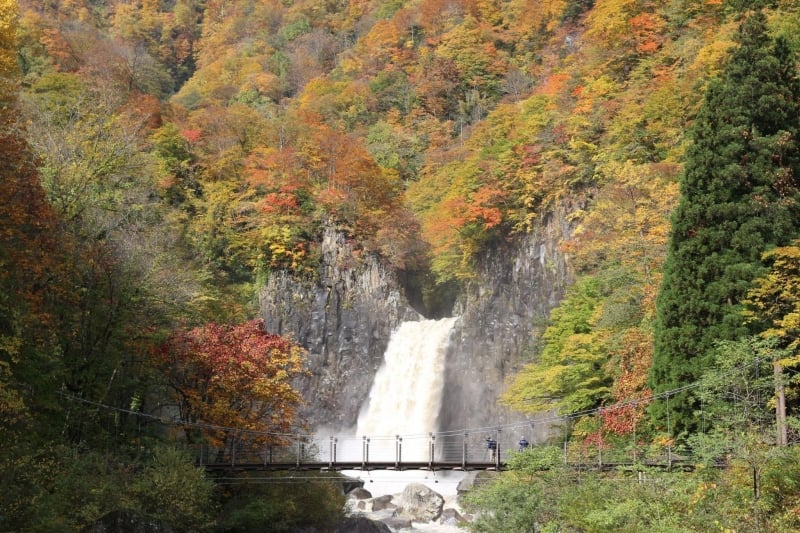
Image credit: JTB Singapore
After having your fill of food and shopping, let’s drive a little bit out of the city to Myoko-Togakushi renzan National Park and see the famous Naena Waterfall. You will find the alluring falls framed by a steep basalt wall. This amplifies the thunderous sound of water falling onto the surface. What’s more, the surrounding area looks different depending on the time of year you visit. Personally, we recommend visiting during autumn as you’ll find beautiful shades of foliage.
Back to resort

Image credit: JTB Singapore
Back at the resort, it’s time to explore the wondrous Lotte Arai Resort. Set amidst a scenic mountainscape, the resort is what many travellers imagine when they think of a zen-filled retreat in the countryside.
Apart from the lovely scenery. The resort also features ski courses during winter, a variety of different restaurants, and even a 1,501m zip tour! If you want to relax, we recommend unwinding at the Hoshizora Onsen which draws water from 1,750m underground. As you relax in the natural hot spring baths, you’ll feel the fatigue of the day fading away, preparing you for a good night’s sleep!
Also read: Survey Shows Singaporeans Want to Travel to Japan The Most
Day 5: Myoko → Tokamachi → Yuzawa → Tokyo
Drive from Myoko to Tokamachi and lunch
It’s the final day of your self-drive trip in Niigata! We’ll start early and drive from Myoko to Tokamachi, an alpine city with plenty of alluring views. The journey will take about an hour and a half, so we recommend having breakfast before you start the journey.
Once you arrive at Tokamachi, head to Echigo Matsudai Satoyama Shokudo to enjoy a traditional Japanese lunch. If you’re visiting on a weekend, you can upgrade your lunch to a buffet featuring local dishes made with farm-to-table ingredients!
Take the time to enjoy the view while you eat, as the floor-to-ceiling windows open up to an unrivalled view of terraced rice fields!
Visiting Matsudai Nobutai Center and Bijin Bayashi Forest

Image credit: Matsudai Nobutai Center
After lunch, take a short walk to Matsudai Nobutai Center, a cultural centre hidden amidst mountainous terrain. You’ll find plenty of exhibition halls here showcasing local art and installations, such as Yayoi Kusama’s “Tsumari in Bloom” installation.
Apart from immersing yourself in local (and some international) art, you can also head up to the rooftop where you can admire the awe-inspiring mountain views.

Image credit: JTB Singapore
Finally, we’ll head to the last attraction on this epic drive along Japan’s west coast — the Bijin Bayashi Forest. True to its name, you’ll only find one type of tree here, the Japanese beech tree: tall, graceful, and elegant. The trees extend across the Matsuguchi Hills towards Tokamachi City, allowing visitors to enjoy the peace and quiet of Mother Nature.
Fun fact: The name Bijin Bayashi Forest translates to “Forest of Beautiful Women”, in reference to how the beech trees look like silhouettes of women standing with poise.
Drive to Yuzawa and back to Tokyo
Alas, all good things come to an end. After visiting Bijin Bayashi Forest, drive to Yuzawa Station, where we’ll drop off our car and board the Shinkansen back to Tokyo.




